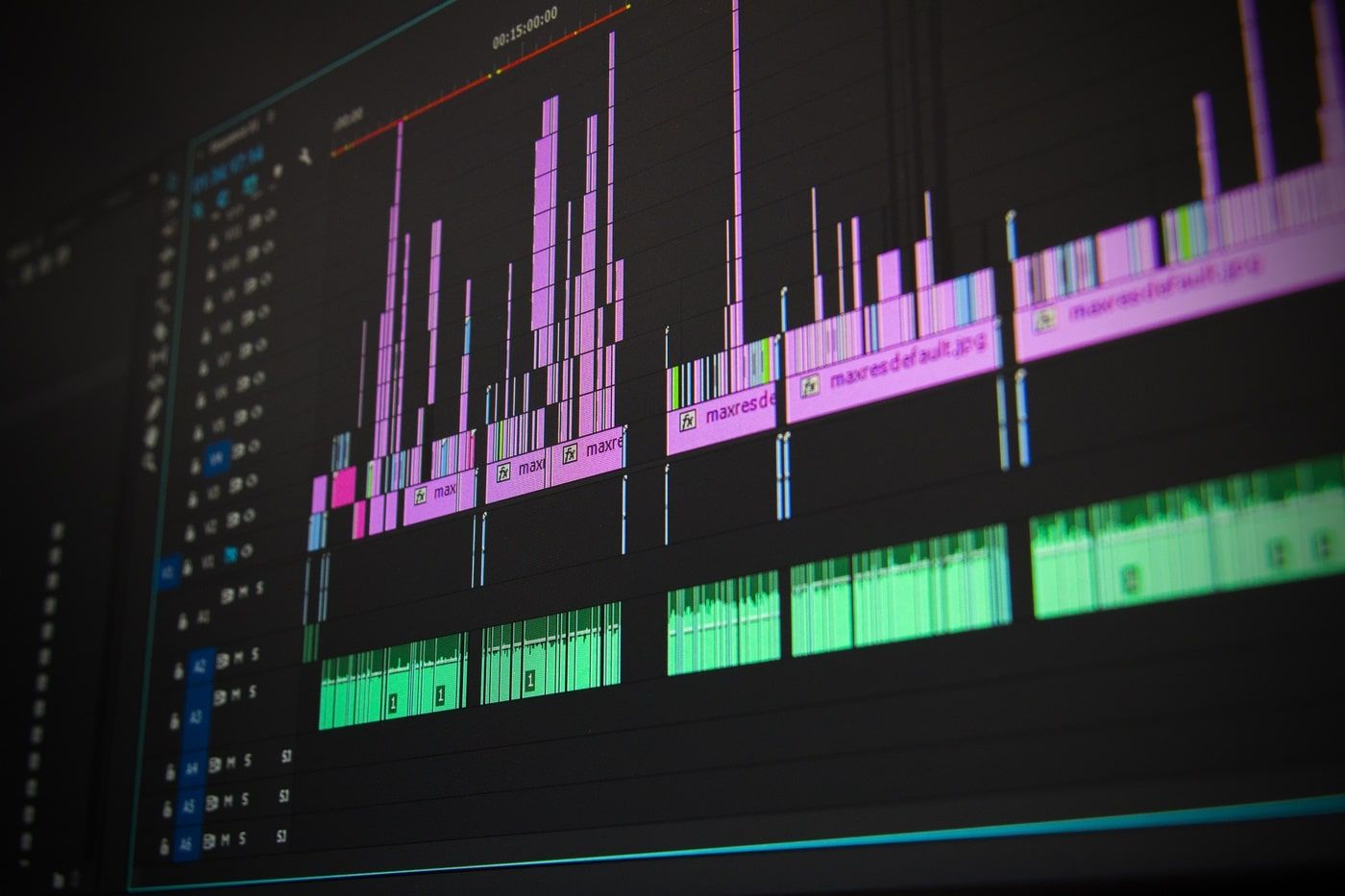Technology has transformed the music industry by eliminating manufacturing, cataloging, and distribution costs. This has allowed artists to increase their global reach in a short period of time.
In order to survive in the current competitive market, online music services need to move beyond pure access models. This means providing users with services and features that add context to the music they are listening to.
Digitalization
The advent of digital technology has made the music industry rethink its entire business model. It has changed how musicians create, record, and distribute music. It has also had a profound effect on the industry’s consumer habits.
Before the age of digitalization, a vertical market structure characterized the music industry. This was characterized by many creators (composers, lyricists, and musicians) supplying creative expressions to a small number of larger record labels and publishers who funded, produced, and marketed the resulting recorded music for sale to consumers via fragmented retail channels.
In the pre-digital era, these intermediaries earned revenue by exercising exclusive rights to copyrighted works. This revenue was passed on to the creators through royalties.
However, the emergence of digitalization has significantly disrupted this business model by making physical distribution obsolete. As a result, many traditional music companies have struggled to adapt.
The digitalization of the music industry has brought down production costs and enabled creators to bypass intermediaries by selling directly to their audiences through online platforms. Furthermore, the advent of augmented reality (AR), virtual reality (VR), and artificial intelligence (AI) has increased accessibility to music for consumers. However, the over-reliance on technology can lead to the creation of music that lacks finesse and artistic value. Besides, it may cause musicians to focus on the “coolness factor” rather than a genuine connection with their audience.

Piracy
As a result of digitalization, music can now be easily downloaded from file-sharing sites or streaming services. This is both a boon and a curse for the industry as it has opened up a loophole for the consumers while hurting the artists financially. While many factors can affect music sales, piracy is considered one of the biggest reasons for the decline of recorded music sales.
The record labels have tried to stop this by developing new ways of legal online distribution but have failed to do so. The main reason for this is that these services needed to focus more on the needs of the consumers and instead focused too much on bringing down piracy numbers.
A study using data from a private BitTorrent tracker and matching it to US sales results has shown that piracy can boost the sales of mid-tier musicians. However, the effect is reversed for top musicians as they lose out on many sales.
Interestingly, piracy has also increased the demand for live music. This is due to a P2P-exposition effect in which exposure to pirated music motivates the audience to attend concerts. Moreover, the industry is undergoing other changes like premium Bluetooth speakers and VR music videos, which have also contributed to this.
Social Media
As a result of technological advances, musicians have been able to market their music much easier than before. For example, musicians can upload their music to streaming platforms for free and have a large audience base that they can interact with. These platforms have democratized the music industry and helped many small, independent musicians gain popularity without backing a record label. It is also worth noting that when you listen from the free platforms, you can also see advertising banners with promotions for stores, technologies, or any type of discount code for paperhelp, consulting, etc., which can also be helpful if you like to be aware of commercial offers.

Another major impact of technology on the music industry is the increasing use of social media to promote musical artists. The growth of these platforms has allowed fans to easily share and comment on music, making it easy for new fans to discover musicians. Many of these platforms also have algorithms that recommend music based on what fans already listen to. This has changed the way that fans consume music, with shorter songs taking priority over long-form albums.
Lastly, technology has transformed the live music industry by allowing companies to produce virtual concerts and shows. This has been possible with the development of VR headsets, allowing fans to experience concerts and performances from their homes. These experiences have given audiences a unique way to connect with music and have transformed their relationships with it. Moreover, these technologies have helped to make live shows more sustainable and profitable for artists. They have even been able to help the music industry recover from the COVID-19 pandemic, which caused many events to be canceled.
Hybrid Genres
Genres have long served as literary categories that enable readers to locate stories within a defined framework. However, hybrid genres defy this rigid classification, blending the defining elements of multiple literary genres to create groundbreaking narratives that captivate and challenge readers. These intricate tapestries of storytelling brim with intriguing surprises and encapsulate readers in a world that transcends traditional fiction.
Hybrid genres can also be found in other art forms, including music and film. Some musical styles – such as folk and pop – fuse with other genres, creating crossover hits like country pop and romantic comedy. Movies, meanwhile, often use hybrid genres to appeal to a wider audience. For example, the sci-fi horror film Alien blends genres to create a unique and compelling story.
Streaming services such as Spotify and Apple Music have taken center stage in the music industry, demonstrating a shift in consumer expectations for access to music. These services provide users with a range of features that enable them to enjoy their music experiences on their terms.
While some music services struggle to find sustainable business models, others are thriving and growing exponentially. The success of these services indicates that consumers are willing to pay for premium services that offer better sound quality and a more personalized experience. However, the success of these services will depend on whether they can meet the demands of their target audiences and balance their profits with those of rights holders.














